Saying "I saw it on YouTube, must be true," sarcastically is a joke my children recently learned from their uncle. While it sounds silly, learning not to trust everything they see online is an essential lesson. As digital natives, today's children are growing up surrounded by media, making media literacy education essential.
The sheer volume of print and digital media we face daily can feel overwhelming as an adult, let alone for kids. So, how can you start teaching media literacy so they can make smart decisions? Learn how to talk tech with your toddler and make the best choices for their well-being when they use digital tools.
What Is Media Literacy?
The National Association for Media Literacy Education offers a media literacy definition: "The ability to access, analyze, evaluate, create, and act using all forms of communication."
In other words, being media literate means interacting with media in a smart, informed way. What might that look like? In a practical sense, young people with good media literacy skills can:
- Identify content that is an advertisement or sponsored
- Notice signs of content created using artificial intelligence
- Make smart decisions when creating content or interacting in online spaces
- Identify reputable sources
- Fact-check information
These media skills don't appear overnight and develop over years of learning and practice. Starting from a young age, children can acquire skills that lead to media literacy.
Media Literacy Education for Young Children
Developing media literacy can start as soon as your child interacts with media. Although babies may not directly use a smartphone or watch TV, they do see others interacting with digital devices. Plus, they'll inevitably observe passively.
At this point, the Technology in Early Childhood Center (TEC) of Erikson Institute recommends parents talk to their babies about what they're doing. For example, "I'm going to use my phone to see what the traffic is like before we leave."
As children grow into the preschool years, experts recommend spending time co-watching. This offers opportunities to talk about media, how it makes your child feel, who created it, and messaging.
Looking for a guide on questions to ask your child and conversations to have? The National Association for Media Literacy Education offers helpful resources.

4 Key Media Literacy Skills to Teach Your Child
Although my children have screen time rules, they still run into questionable content sometimes. We try to maintain an open dialogue, especially to teach these essential skills:
1. Understanding Media Messaging
Between ads, unboxing videos, and influencers, kids are bombarded with media that promotes consumerism. Omni Cassidy, PhD, Assistant Professor of Population Health at NYU told Children and Screens that many ads “are designed to bypass conscious awareness and exploit the subconscious motivations. And this potentially can worsen the effects that we already see in terms of the effect of ads.”
To combat this message, kids need to practice critical thinking skills. When your child asks you to buy a toy they saw on TV or in a video, take a moment to talk.
Putting it into Practice: You can ask your child "Why do you think they unboxed the toy on the video?" Then, chat about how a creator might get paid to show a certain toy. Or, you can explain how media companies like Google collect data to serve you ads that are more attractive to you.
Plus, you can reinforce family values. Although it may not seem related, taking time to volunteer or enjoy quality time together can help demonstrate values. When children learn to look beyond materialism to feel satisfied and happy, they can better ignore ads.
As your child moves into middle school and high school, you can also chat about more nuanced media messaging. For example, you can talk about funding for scientific studies, conflicts of interest, and the agenda any creator or author may have. Yet other topics include the representation of different groups in media, prejudice, and more.
2. Fact vs. Fiction
Many young children may also believe anything they see in a video or movie. This can even be scary, as they might believe what they're seeing can happen in real life. For example, they might believe in magic.
Drawing the line between fact and fiction is a developmental milestone that usually happens between the ages of 3 and 5. This is why the Montessori method recommends waiting to introduce fantasy fiction media until children are 6 years old.
Similarly, older children may believe fake news or false information posted online. One trend is fake videos of people discovering extinct or mythical animals.
Putting it into Practice: As you read books or watch movies, ask your child questions like, "Can that happen in real life?" or "Is that pretend or real?" Chatting through scenarios can help your child learn to differentiate.
When older children encounter false information online, you can guide them to fact-check. Another important step is to teach your child to evaluate sources to determine if they're reputable. Also, discuss technologies that make deepfakes and fake media content possible so your child understands the actors at play.
3. Identifying Scams
Another problem, usually for older children, is scams. Children might be willing to give away personal information or fall into traps.
Putting it into Practice: My 12-year-old recently asked about ordering a "free product" online. When he asked me about it, we discussed the idea that something too good to be true is usually a scam.
4. Digital Citizenship
Similar to good citizenship in the real world, digital citizenship means being a productive and kind person online. Some important ideas to address include bullying, copyright, and safety.
Putting it into Practice: Safety rules such as never chatting with a stranger online can help your child if your other security measures fall through.
For young children, you can start with basic social skills in the real world. As they grow, you can talk more about how being kind also extends into online interactions.
How Parents Can Protect Young Children
While it's impossible to control everything your child sees, especially outside your home, you can put some guardrails in place. What measures should you put in place?
- Limit Access: Too much screen time can harm your child's mental and physical health. It may even put your child at risk for short-sightedness. Putting healthy limits on screen time can help your child learn to moderate their use.
- Choose Age-Appropriate Media: Resources like Common Sense Media can help you determine whether a movie, game, or app is appropriate for your child. You can also set up parental controls on the device your child uses. Another tip for YouTube Kids is to use the whitelist feature that only allows your child to view approved channels.
- Be Open: If your child comes across something scary or inappropriate, take the time to explain it. You can use age-appropriate language and why your child shouldn't view the content. By being open, you can help create trust so that your child feels they can come to you with their questions and concerns.
Guiding Digital Natives to Media Literacy
Teaching your child media literacy is a long-term project involving many conversations. By starting young, you can ensure your child grows into a smart and responsible digital citizen.
How do you talk about media literacy at your house? Let us know in the comments below.
Sources:
- The National Association for Media Literacy Education
- Technology in Early Childhood Center (TEC) of Erikson Institute
- National Association for Media Literacy Education: FAQs
- National Association for Media Literacy Education: A Parent's Guide to Media Literacy
- Children and Screens
- University of Texas at Austin


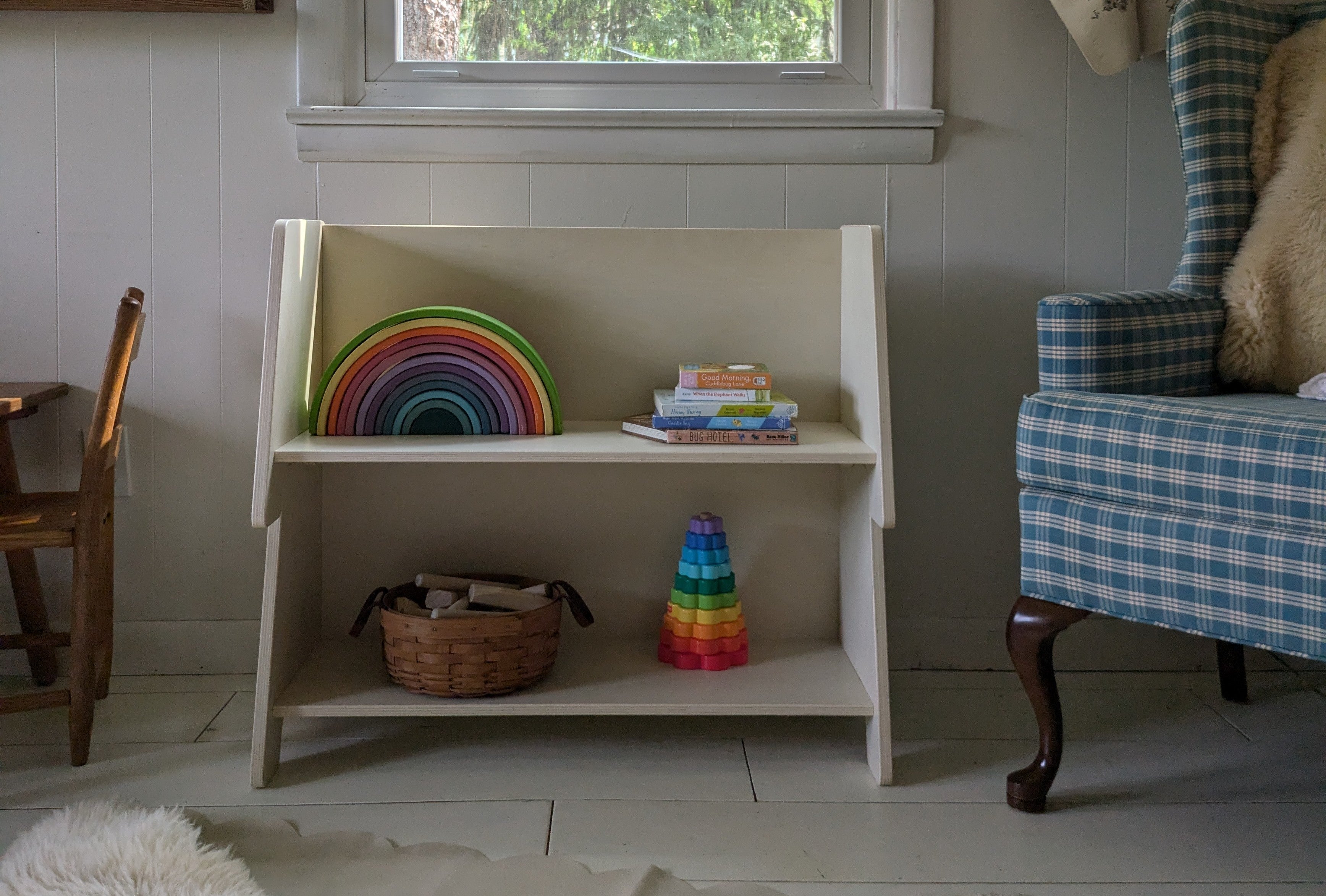
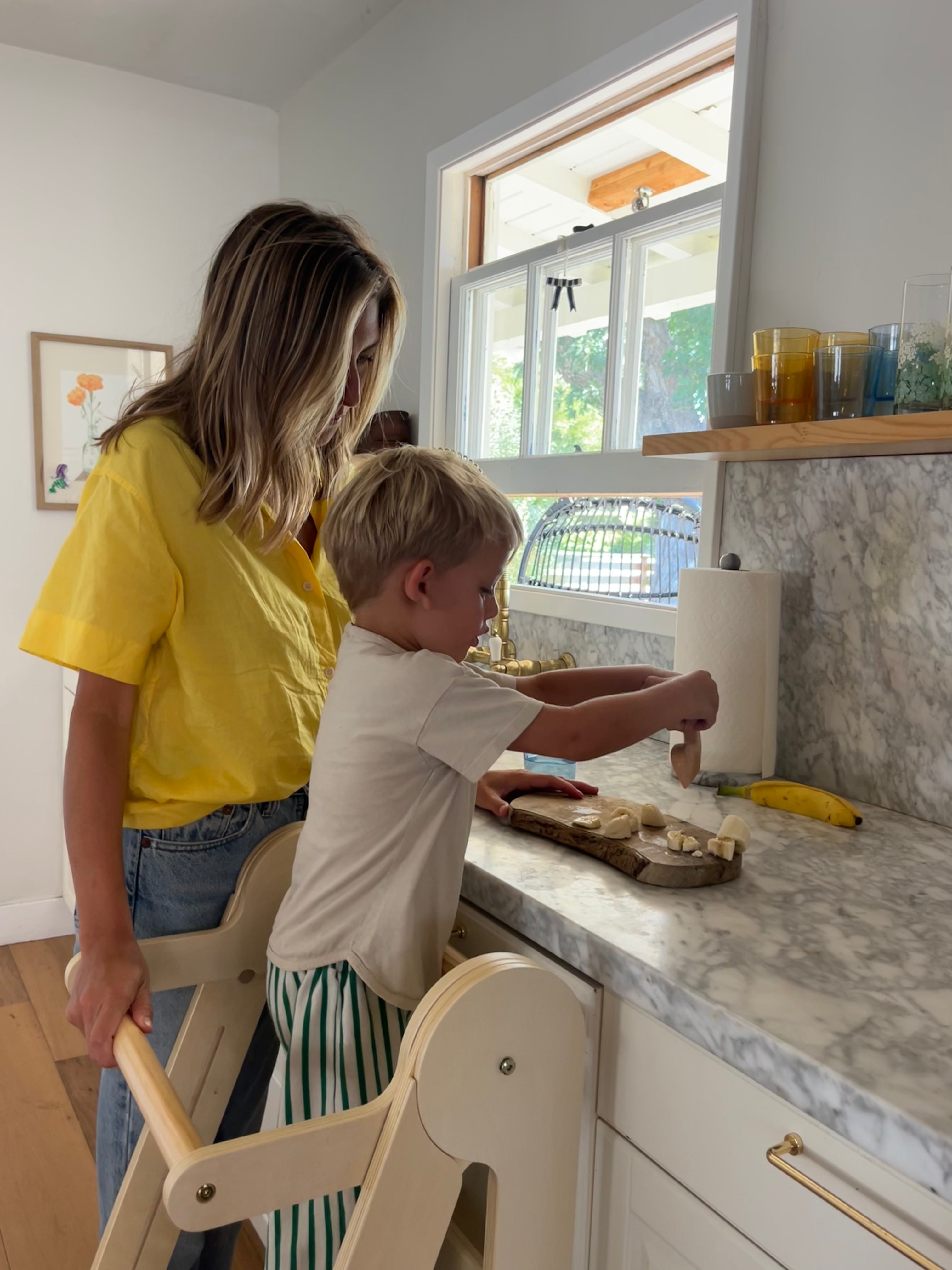
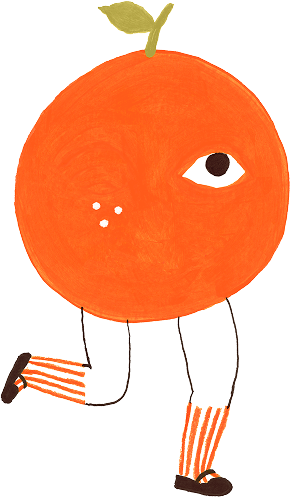

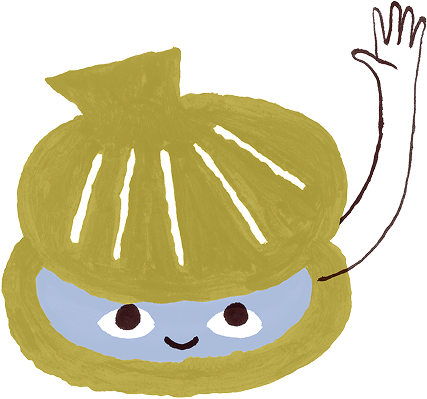
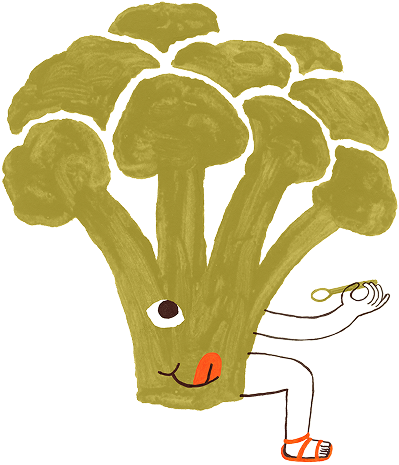
Leave a comment
This site is protected by hCaptcha and the hCaptcha Privacy Policy and Terms of Service apply.